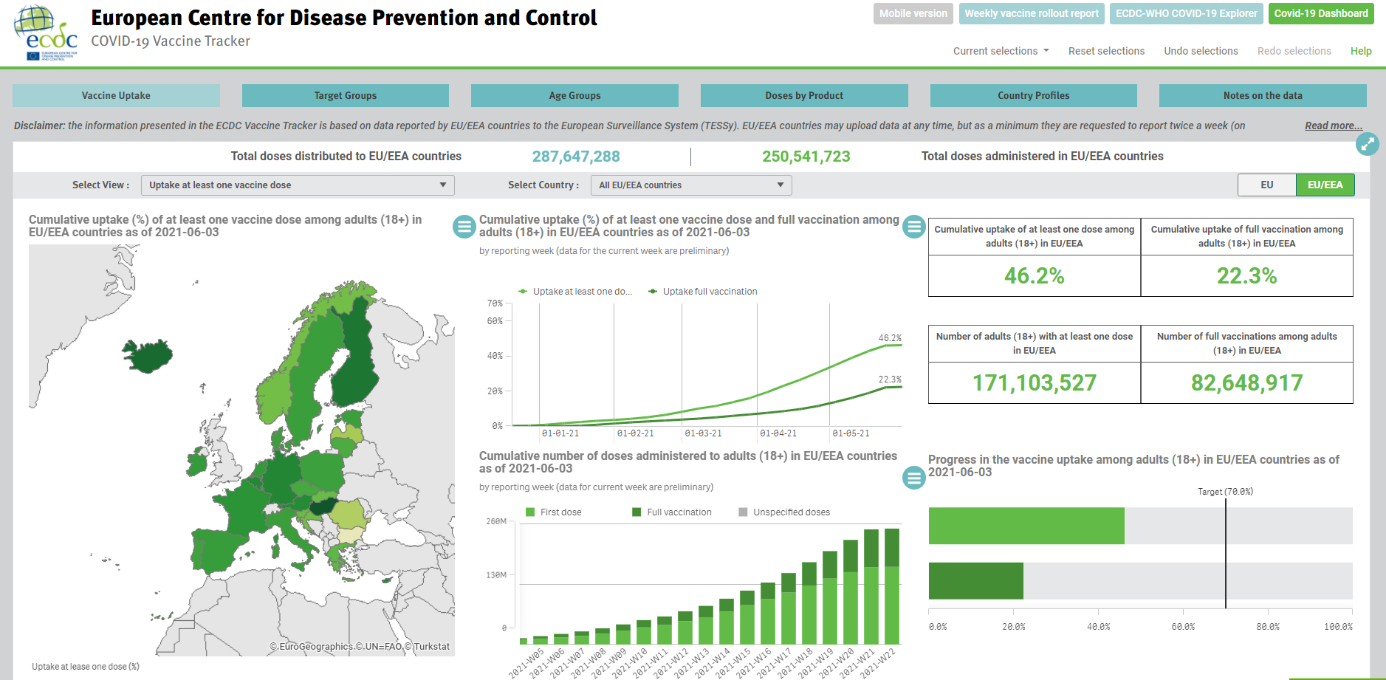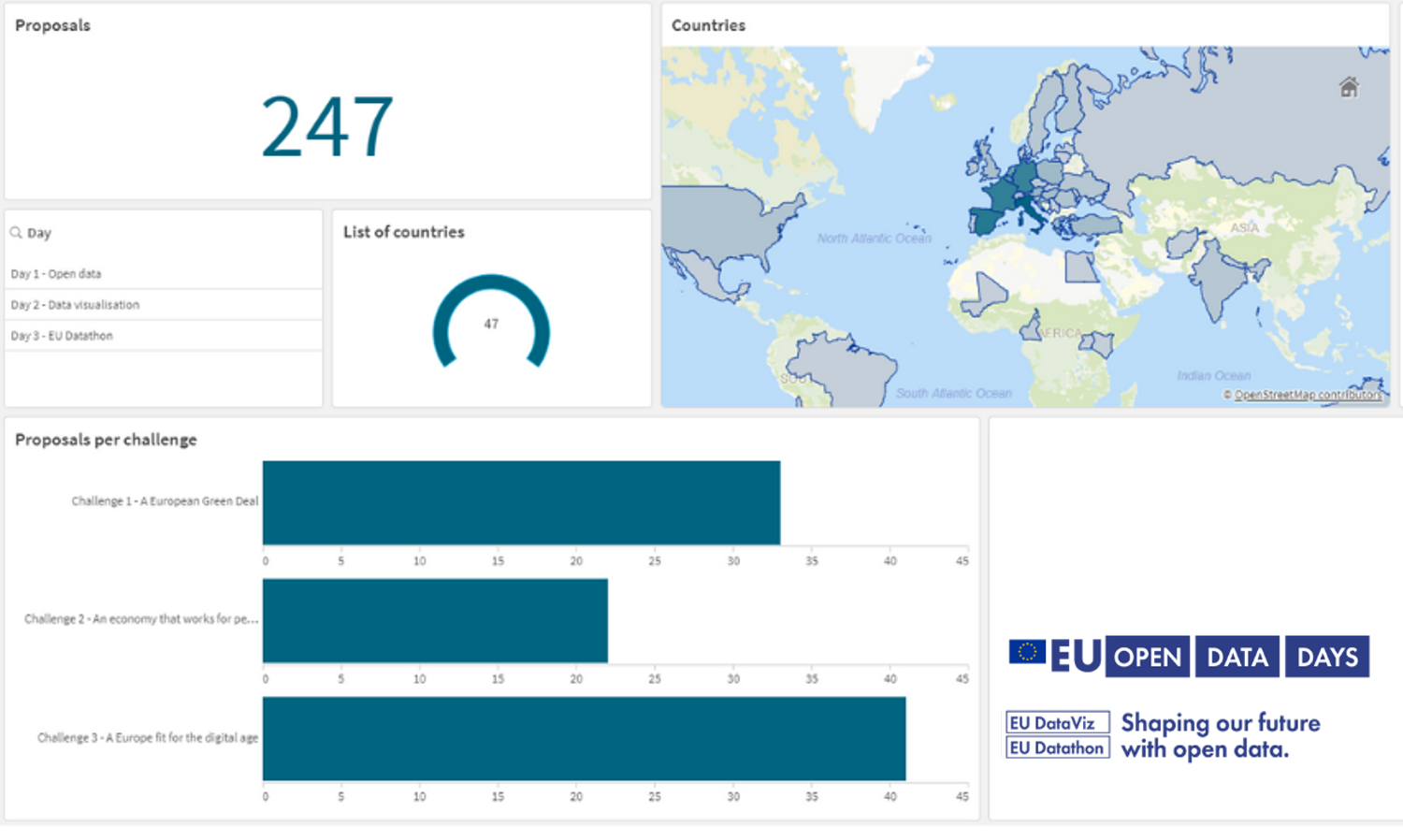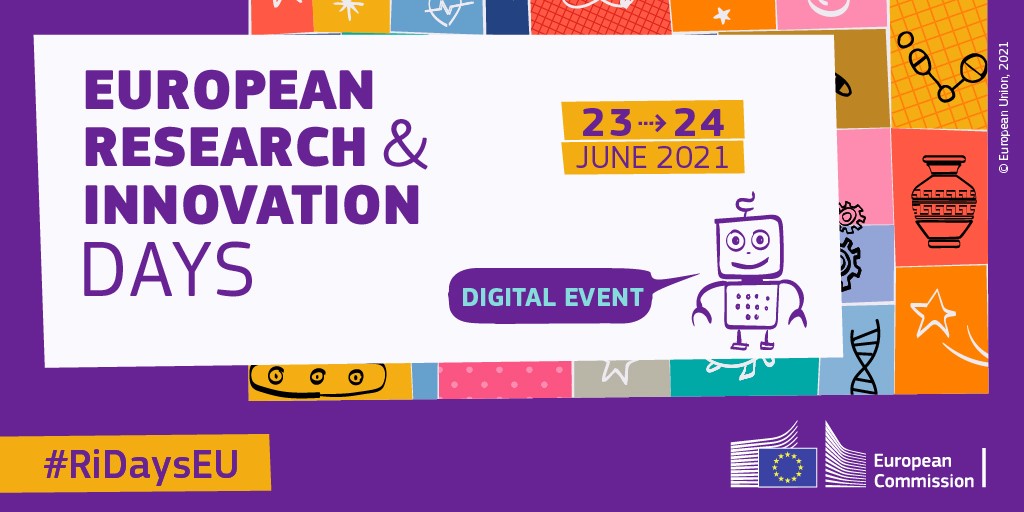Search results (706)
Skip results of view News and highlights

On 4 April, Barnaby Skinner presented his insights on data visualisation in the EU DataViz webinar: “ How to make your data easier to visualise”. As the lead of the visuals department at the Swiss newspaper “Neue Zürcher Zeitung” he works closely with information designers, software developers and data journalists and has focused on digital transformation throughout his journalism career. Visualising and presenting data in a way that it is easy to digest while still informative, is becoming an ever-more critical asset as the amount of data grows increasingly. Sharing structured and machine

Fighting youth unemployment, improving sustainability of the food system, bringing EU decision-making closer to citizens, these are some of the ambitions put forward by the teams of application developers selected to compete in the finals of this year´s edition of the open data competition, EU Datathon. Organised under the first-ever EU Open Data Days, EU Datathon 2021 started in March with the call to data enthusiasts worldwide to propose ideas for applications using open data from the portal data.europa.eu. The deadline for the submission of proposals was 21 May. The preselection jury had 96

As of May 2021, the European Centre for Prevention and Control (ECDC Disease) has released an update to the COVID-19 Vaccine Tracker. The interactive dashboard provides an overview of the progress in vaccinating adults (18+) across the EU/EEA Member States. It presents data from the number of doses distributed by the various manufacturers of different vaccines, including the first and second doses. The dashboard allows for a detailed, accurate, and up-to-date visualisation of: • Vaccine uptake, • Target groups, • Age groups, • Doses by product, and • Country profiles Have a look at the

In April this year, the EU Open Data Portal and the European Data Portal consolidated into one service providing access to European data under the name of data.europa.eu. The new portal, brought to you by the Publications Office of the European Union, provides access to public data resources from EU institutions and agencies, EU Member States, and other European countries. Currently, you can find over 1 million datasets, from 36 countries, along 13 thematic categories. The datasets and available content serve many uses and stakeholders. If you are a journalist or researcher, the portal can be

From 23 – 25 November, the Publications Office of the European Union hosts the first-ever EU Open Data Days, the free online event to discuss and share best practices on open data and data visualisation. Over the past few months, data enthusiasts have been submitting their proposals to participate in this event and contribute to shaping our digital future with open data. The call for proposals received a total of 247 submissions from 47 countries, from the United States to Australia, from the Russian Federation to Chile. More than half (60%) of the proposals came from the private sector, 14%

As a result of the pandemic, the world has become a lot more digital in a short period of time. To keep society going, transforming our way of working and living had to become almost entirely digital. However, not everyone has equal access to digital technologies. In recovering from the COVID-19 pandemic, stakeholders are wondering what the future of digital in Europe will look like, what the 2030 goals should be when thinking about digital transformation, and what the road is towards meeting those goals. At the two-day online event Digital 2021: Leading the Digital Decade, the European

On 23 and 24 June, the European Commission’s Research and Innovation Days will take place. This annual event connects policymakers to researchers, entrepreneurs, and citizens to discuss and shape the future of research and innovation in Europe. The year’s focus will be on the start of the Horizon Europe programme, the key funding programme of €95.5 bn for research and innovation. As Europe recovers from the pandemic, cooperation and a strong European research area is vital. The Research and Innovation Days are a unique opportunity to discuss the way forward towards a green, digital, and

The European Commission invites members of the public, organisations, and stakeholders in the digital and public health sector to a consultation on the European health data space (EHDS). The access to, and exchange of, health data is vital to ensure the availability and affordability of health care and to support the creation of innovative solutions that make use of digital technologies such as Artificial Intelligence (AI). However, collecting and re-using health data is often challenging as it involves personal data. For this public consultation, the Commission particularly calls upon

The European Union has committed to ambitious climate and energy targets. To support these goals, the European Commission has allocated 20% of the EU budget track climate action, as part of a greater ambition to mitigate global warming and climate change. One of the main contributors to tracking climate action is the European Regional Development Fund (ERDF) and the Cohesion Fund. Together these funds have already delivered €52.5 bn in EU budget investment in climate action the 2014-2020 period. To monitor climate action and the supporting major investments across the EU, the European

On 17 May, the Publications Office of the EU hosted their fourth webinar in the EU Datathon 2021 series. Andre Berends and Petar Parushev presented the Safety Gate data that can be used for all challenges of the EU Datathon 2021. Safety Gate is the European rapid alert system for non-food products that pose a risk to the health and safety of consumers. Unsafe products are identified by the European Commission Market Surveillance Authorities (MSAs) which creates alerts on the Safety Gate portal. These alerts are also sent to the OECD Global Recalls portal and data.europa.eu. Consumers are in
